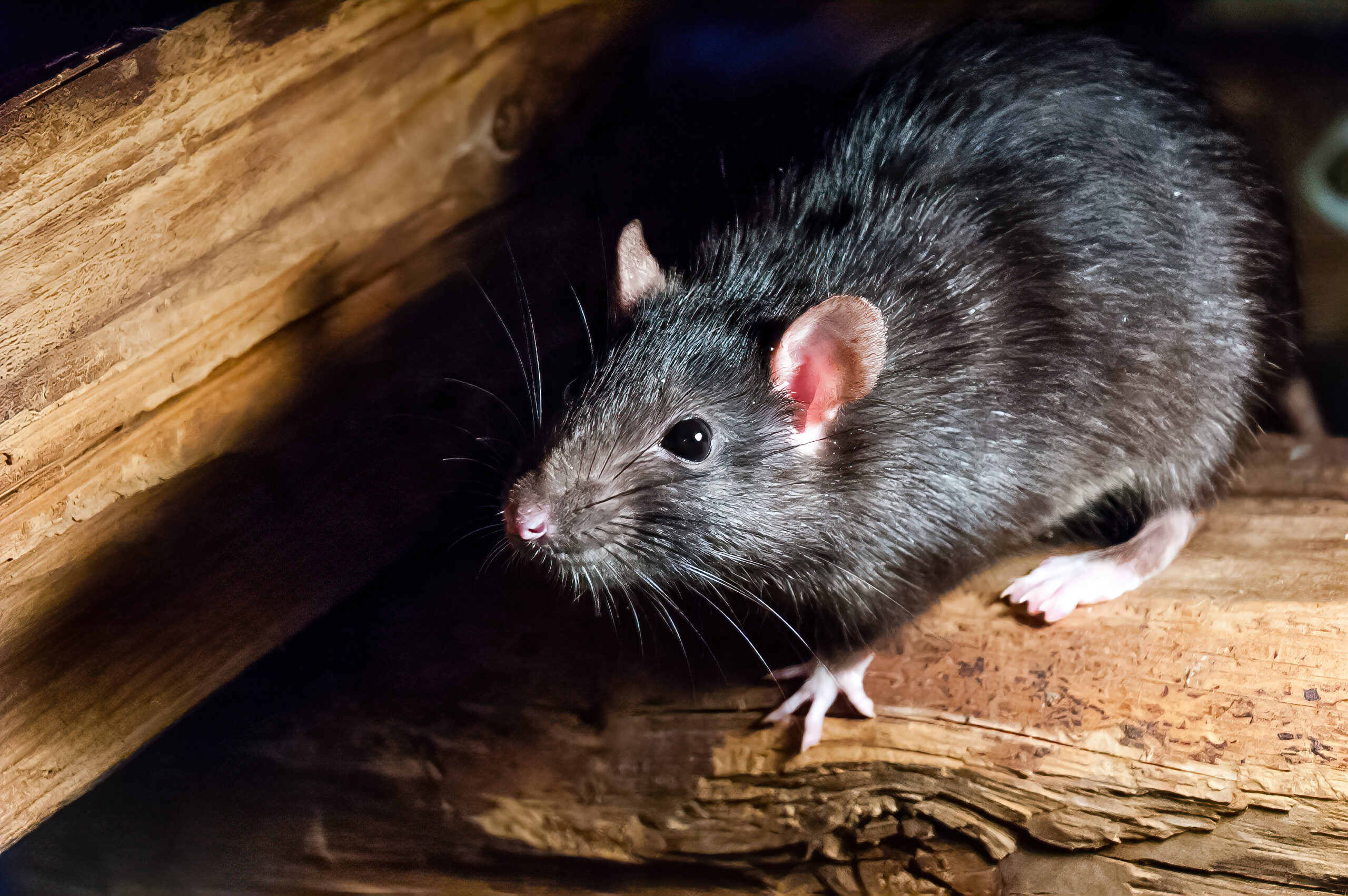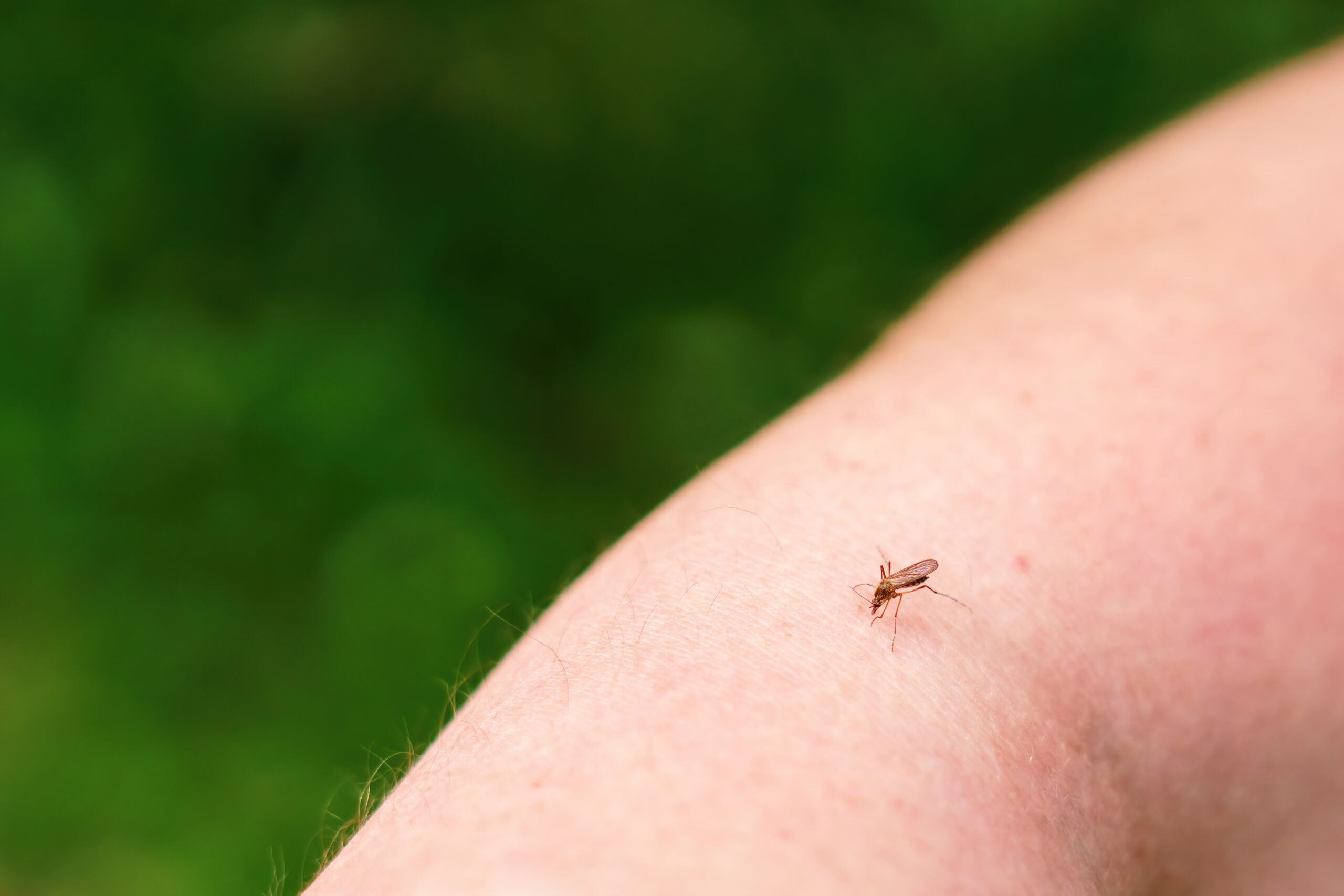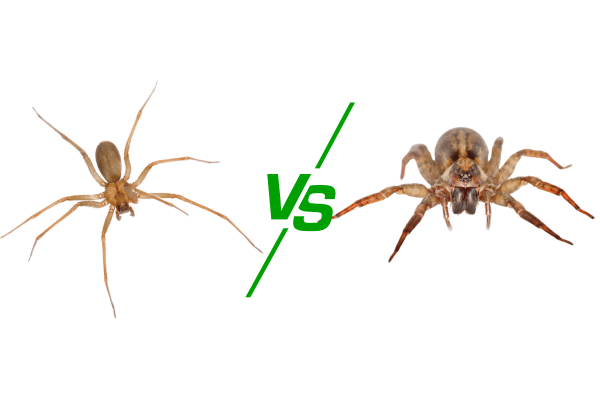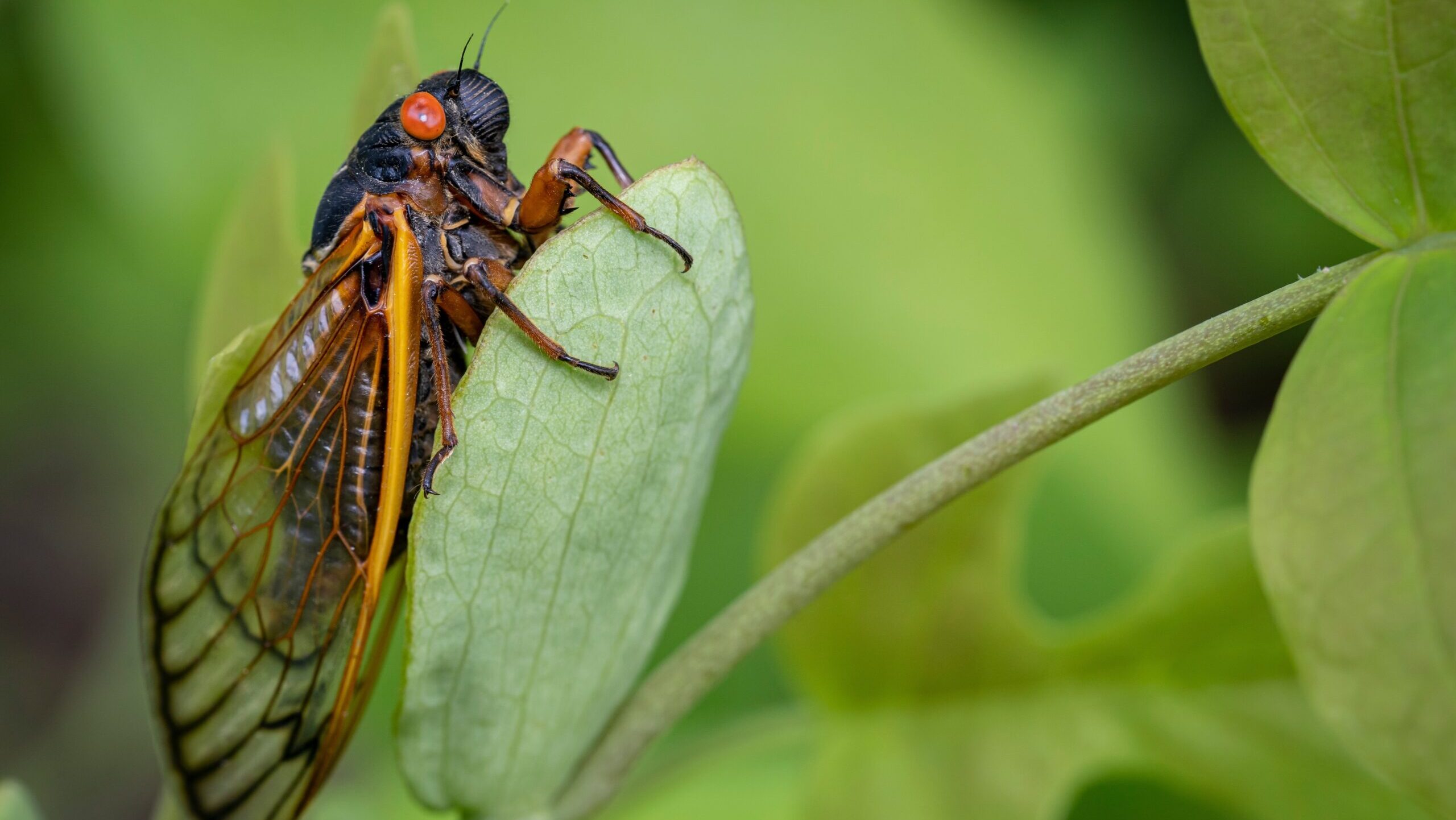As November brings cooler temperatures to Arizona, many homeowners begin to notice an increase in roof rat activity. These agile rodents are notorious for seeking warmth and shelter indoors during the fall and winter months, making them a common pest problem during this time of year. At Phoenix Pest, we often receive calls from homeowners noticing the telltale signs of roof rat infestations. Understanding why these pests are drawn to homes in cooler months and how to prevent them is key to keeping your property protected.
What Are Roof Rats?
Roof rats, also known as black rats, are slender rodents that excel at climbing and prefer to nest in high places like attics, roofs, and trees. They are typically dark brown or black and have long tails that help them balance when climbing. In cooler months, they seek out warm, sheltered areas like attics, garages, and other hidden spaces within homes.
Key Characteristics of Roof Rats:
- Size: 12 to 14 inches in length, with tails longer than their bodies
- Color: Dark brown or black with a sleek, slim body
- Habits: Excellent climbers; typically found in attics, roofs, and trees
Why Roof Rats Become a Problem in Cooler Months
As temperatures drop, roof rats look for warm environments to nest in, which makes homes particularly attractive during the fall and winter months. They often enter homes through small gaps in roofs, vents, or exterior walls, and once inside, they create nests in attics or other dark, secluded areas.
Reasons Roof Rats Move Indoors in November:
- Temperature Change: Roof rats are sensitive to cooler temperatures, prompting them to find warmth indoors.
- Food Sources: As natural food sources become scarcer outdoors, roof rats may invade kitchens, pantries, and storage areas looking for easy access to food.
- Nesting Needs: Roof rats are highly adaptable and will nest in warm, high-up places like attics or crawl spaces to stay out of sight.
The Risks of a Roof Rat Infestation
Roof rats can cause serious issues for homeowners. They are more than just a nuisance; they can cause damage and pose health risks if not dealt with promptly.
- Structural Damage: Roof rats have strong teeth and can chew through insulation, wires, and even wooden structures. This can lead to electrical fires or weakened structural integrity in attics or walls.
- Health Hazards: Roof rats are known to carry diseases such as leptospirosis, hantavirus, and salmonella, which they spread through their droppings, urine, and saliva. They also carry fleas, which can further spread diseases to pets and humans.
- Contaminated Food: Roof rats often find their way into pantries and storage areas where food is kept. They contaminate food sources with their droppings and can cause foodborne illnesses if ingested.
Signs of a Roof Rat Infestation
Early detection of roof rats is crucial to preventing larger problems down the line. Here are some common signs to look out for:
- Noises at Night: Roof rats are nocturnal, so you may hear scratching or scurrying sounds in the attic or walls during the night.
- Droppings: Roof rat droppings are small, dark, and pellet-shaped, often found near food sources or in hidden areas like attics or garages.
- Gnaw Marks: Rats chew on wood, wires, and plastic. Look for gnaw marks on baseboards, attic beams, or storage containers.
- Nests: Roof rats will use shredded insulation, paper, or fabric to build nests in attics, crawl spaces, or behind walls.
Preventing Roof Rat Infestations
Preventing roof rats from entering your home during the cooler months is key to avoiding an infestation. Here are some steps you can take:
- Seal Entry Points: Inspect your home’s exterior for gaps, cracks, or openings, especially around the roof, vents, and eaves. Use weatherproof sealant or mesh to block potential entry points.
- Trim Tree Branches: Roof rats can use tree branches to access your roof. Keep branches trimmed back at least 3 feet from the roofline to limit their access.
- Remove Outdoor Food Sources: Ensure trash cans are tightly sealed, and avoid leaving pet food or bird seed outside. Clean up fallen fruit from trees or bushes around your yard.
- Maintain Cleanliness Indoors: Keep food stored in airtight containers and clean up any crumbs or spills promptly. Reducing food availability inside your home makes it less appealing to roof rats.
How Phoenix Pest Can Help
If you suspect a roof rat infestation, it’s important to act quickly to prevent further damage or health risks. At Phoenix Pest, we specialize in identifying and eliminating roof rats from your home. Our experienced technicians will inspect your property, identify entry points, and use safe, effective methods to remove the rats.
Don’t Let Roof Rats Take Over This Fall
Roof rats are a common problem during the cooler months, but with the right preventative measures, you can protect your home from these pests. If you’ve noticed signs of roof rats or want to ensure they stay out of your home, contact Phoenix Pest today. Our team of experts will help you safeguard your home and keep it rodent-free all season long.
For more information or to schedule an inspection, reach out to Phoenix Pest Control today!




